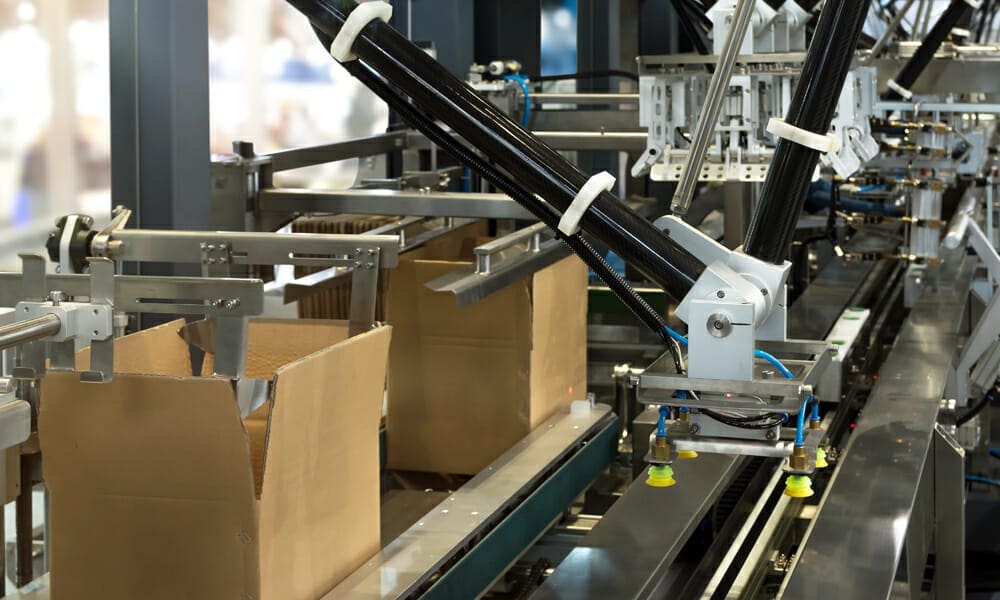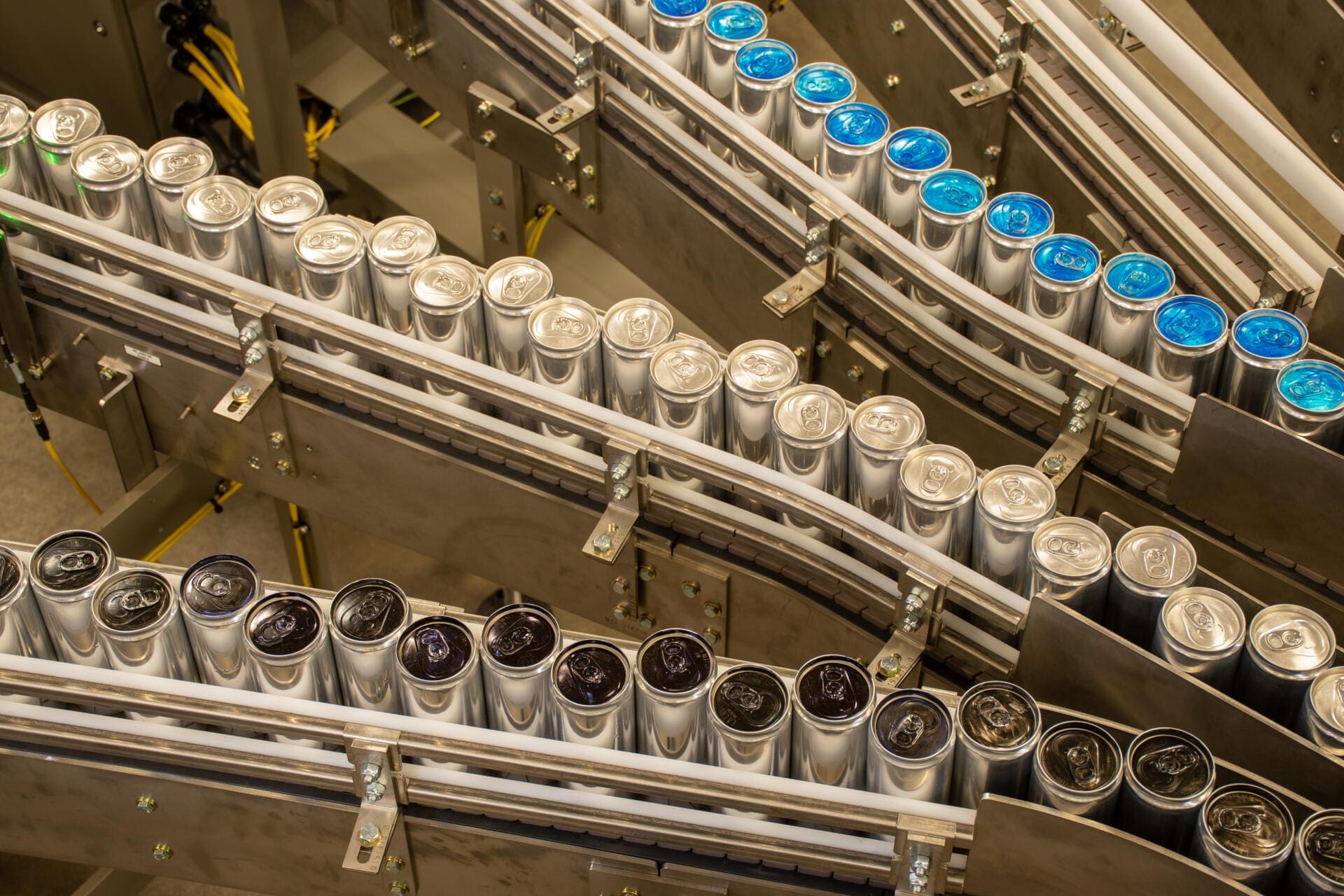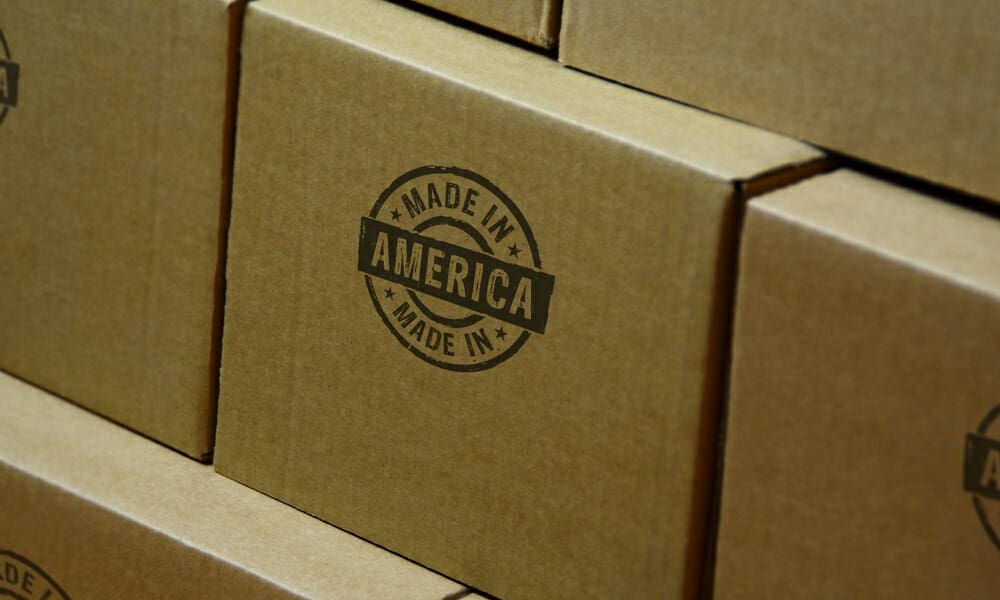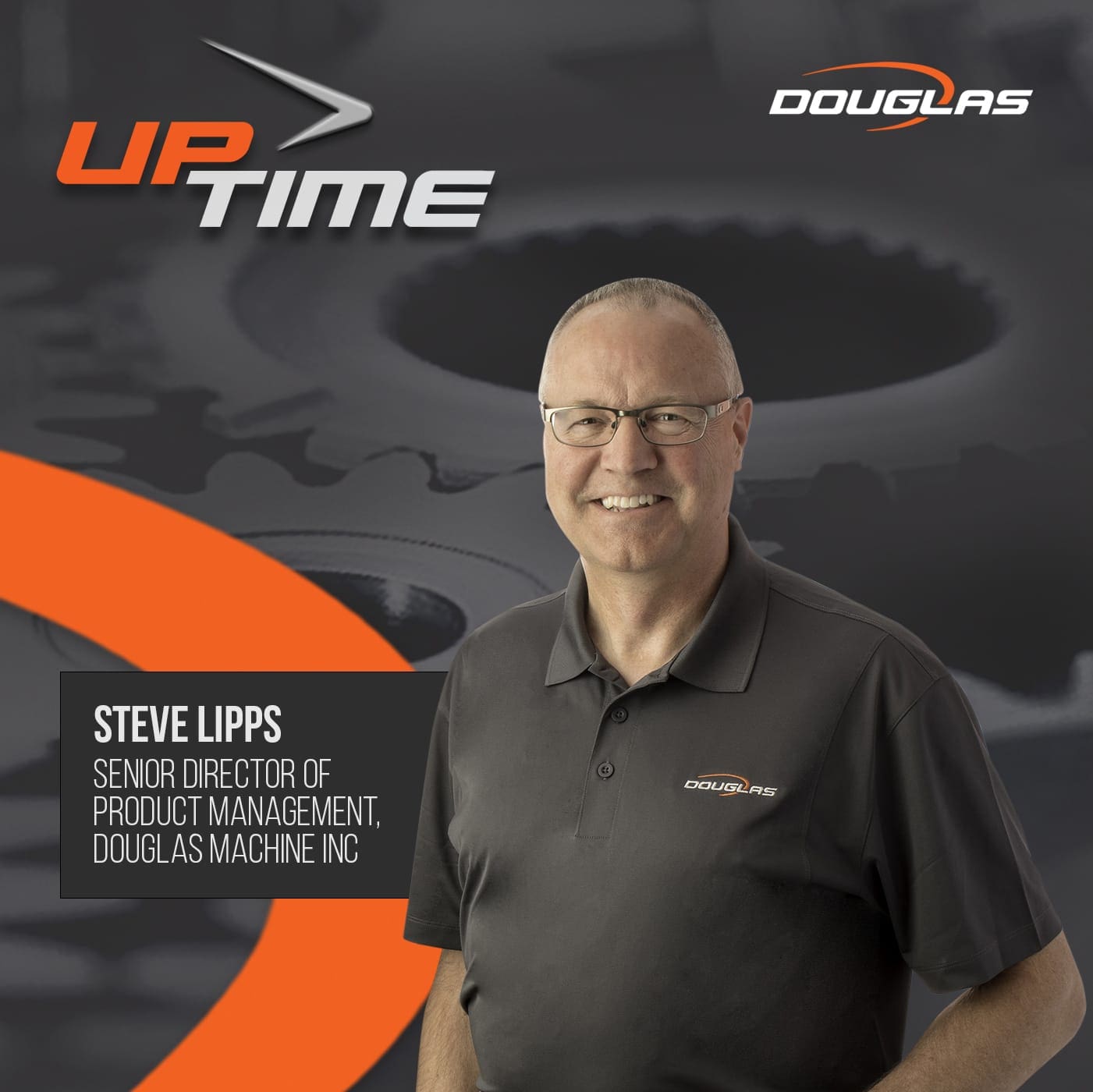Production managers lean on their machine operators to optimize the line. As these workers adjust settings, swap components and troubleshoot faults, their agility and skill keep the line in constant motion.
We need these operators to give the right support to the machines so they can support production.
In reality, the manufacturers that rely on these skilled operators are faced with a shortage of qualified applicants. Hand in hand with that shortage is high turnover. Upgrading your secondary packaging machines can make a profound difference when it comes to making up for the skills gap.
Part of the solution is taking a close look at the design of the machines at the end of the line, secondary packaging. Can they do a better job of supporting the functions that were previously reliant on human know-how? The answers is yes. Case and tray packers, shrink wrappers, cartoners and palletizers now feature highly automated and intelligent features to reduce training and hands-on time. With these and other features that make it easier for human operators to reach that level of “self-supporting” the machine, results start showing up pretty quickly: Fewer hours on training, a lot less tweaking, better data to make changes, and most importantly, fewer and briefer pauses for faults and changeovers.
Upgrading to a self-supporting system of secondary packaging equipment is one solution that can help you gain line efficiency. The following factors can help you evaluate whether your secondary packaging equipment can do that.
Intuitive design
When designing a machine with self-supporting features, it’s important to think of the operator experience from start to finish. Look for consistency in the HMI across the entire line of company products, as it doesn’t make sense to create a tray packer, a cartoner and palletizer that look like they come from vastly different companies. A unified HMI concept reduces training in that once a new operator masters one machine, the others in the line should have similarly designed features that behave and respond in predictable ways.
Diagnosis and recovery tools
Faults happen, and when they do, you want the line to get back to running as quickly as possible. A self-supporting system puts the how-to resources into the hands of the operator, so they can locate and fix the problem ASAP. Look for access to step-by-step instructions on how to recover from a fault in an easy-to-follow format, whether it’s directly on the HMI or an online video channel. A robust self-supporting system can also keep the machine working in top condition. A data collection program that gathers information on machine performance can be used for predictive maintenance. This keeps small issues from cascading into massive, full-scale expensive breakdowns.
Foolproof changeovers
When it’s time for a changeover to a new product, pausing the line to manually switch out physical parts eats up valuable minutes and it doesn’t take much to push tight time frames into the red zone. Automation does quick work of this task, switching to the exact parts and precise frequencies. A robust automated system has change part validation, which uses computer technology to compare and analyze a chosen part against the recipe. This feature goes a long way in reducing faults and ensuring correct outcomes.
Data collection and analytics
Knowing what went wrong during a run, and why, is half the battle. A self-supporting machine system offers a complete data set so operators can make better decisions in the future. This data can uncover root causes of machine faults, when they happened, why they happened, and the length of the recovery time. Because the security system replaces the traditional 4-digit keypad with ID tagging, it’s now possible to identify which operator was logged in at the time. These reports provide the detail you need to debrief the fault and identify the right improvements.
At the end of the day, you’re running a production and the last thing you want is idle machines, which inevitably lead to wasted products and missed deadlines. Investing in a secondary packaging system with the above innovative self-supporting features can be a key solution to optimizing your line.
Ready to optimize your production line with secondary packaging machines that support your team’s ability to keep things running? Get in touch with a Douglas team member now to learn more about how our line of innovative secondary packaging solutions can be completely customized to your unique needs.







